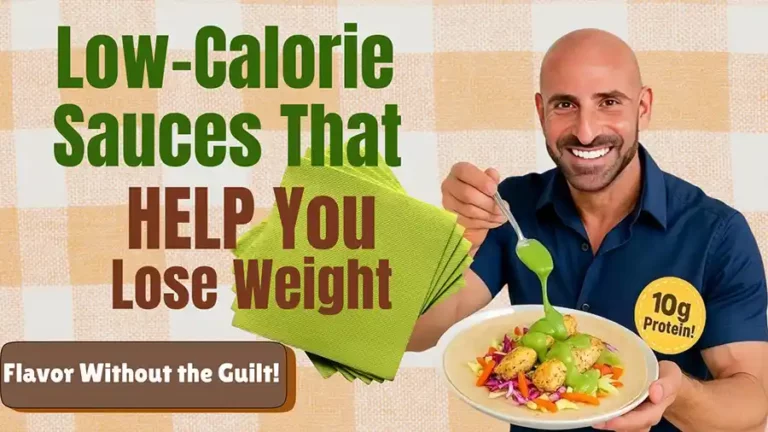So, your doctor says your cholesterol is high and wants to talk about medication. And you’re thinking: “Hold on—give me some time. Let me try changing my diet first.” Here’s how to lower your cholesterol in 30 days.
High cholesterol is a common concern that can lead to serious health issues like heart disease and stroke. The good news is that with targeted lifestyle changes, you can start lowering your cholesterol levels in as little as 30 days.
This guide will walk you through effective strategies, supported by scientific research, to help you achieve healthier cholesterol levels.
Understanding Cholesterol
Cholesterol is a waxy substance found in your blood, essential for building cells and producing hormones.
- Having too much low-density lipoprotein (LDL) cholesterol, often referred to as “bad” cholesterol, can lead to plaque buildup in your arteries, increasing the risk of cardiovascular diseases.
- High-density lipoprotein (HDL) cholesterol, or “good” cholesterol, helps remove LDL cholesterol from your bloodstream. Balancing these levels is crucial for heart health.
1. Increase Soluble Fiber Intake
Soluble fiber binds to cholesterol in the digestive system, aiding its removal from the body. Consuming 5 to 10 grams of soluble fiber daily can lower total and LDL cholesterol levels by approximately 5% to 11% over time. Foods rich in soluble fiber include:
- Oats: A bowl of oatmeal provides about 2 grams of soluble fiber.
- Legumes: Beans, lentils, and peas are excellent sources.
- Fruits: Apples, oranges, and pears contain soluble fiber.
- Vegetables: Brussels sprouts and carrots are good choices.
Client Success Story: One of my clients started eating oatmeal with chia and berries every morning—her LDL dropped 15 points in one month. No meds, just breakfast!
2. Don’t blame cholesterol in food—focus on saturated fat
Eggs? Shrimp? They’re high in dietary cholesterol but don’t significantly impact blood cholesterol for most people.
However, those with conditions like familial hypercholesterolemia, heart disease, or diabetes may need to be more mindful. The real problem is typically saturated fat, especially from fatty meats, processed foods, and butter.
Now, dairy? It’s complicated. Some studies show fermented dairy like yogurt or cheese may not affect LDL the same way—but if your numbers are high, it’s safer to stick with low-fat or fermented options until things improve. Always check with your healthcare provider for personalized advice.
3. Focus on Healthy Fats
Replacing saturated fats with unsaturated fats can improve cholesterol levels. Monounsaturated and polyunsaturated fats help reduce LDL cholesterol and increase HDL cholesterol. Incorporate the following into your diet:
- Olive Oil: Rich in monounsaturated fats, it’s a heart-healthy alternative to butter.
- Avocados: Packed with monounsaturated fats and fiber.
- Nuts: Almonds and walnuts are particularly beneficial.
- Fatty Fish: Salmon, mackerel, and sardines provide omega-3 fatty acids, which lower triglycerides and support heart health.
4. Lose visceral fat
Excess visceral fat, the fat stored around your abdominal organs, is linked to higher LDL cholesterol levels. Losing even a modest amount of weight can improve cholesterol and triglyceride levels. How? Visceral fat releases inflammatory chemicals that mess with your liver, causing it to make more cholesterol.
No wonder losing 5-10 pounds can significantly lower LDL and triglycerides.
Combining a balanced diet with regular physical activity is effective for weight loss and reducing visceral fat.
5. Limit Added Sugars and Refined Carbohydrates
A high intake of added sugars and refined carbs can raise triglyceride levels and lower HDL cholesterol. Swap pastries, white bread, and soda for whole grains, fruits, and veggies with fiber that keeps you full and your heart happy.
6. Engage in Regular Physical Activity
Exercise helps raise HDL cholesterol while lowering LDL cholesterol and triglycerides. Aim for at least 150 minutes of moderate-intensity aerobic activity or 75 minutes of vigorous activity per week. Activities like brisk walking, cycling, or swimming are excellent choices.
Bonus Tip: Cook More at Home
Preparing meals at home allows you to control ingredients and cooking methods, making it easier to avoid unhealthy fats and added sugars. Incorporate herbs and spices like garlic and turmeric, which have cholesterol-lowering properties. Experiment with new recipes to make healthy eating enjoyable.
Conclusion
So, can you lower cholesterol in 30 days? Absolutely. Keep in mind that results can vary for everyone depending on genetics, overall health, and how consistently you stick with lifestyle changes.
Focus on fiber, healthy fats, cutting sugar, moving more, and yes—losing a little visceral fat. It’s not about being perfect—it’s about showing up daily and making progress.





